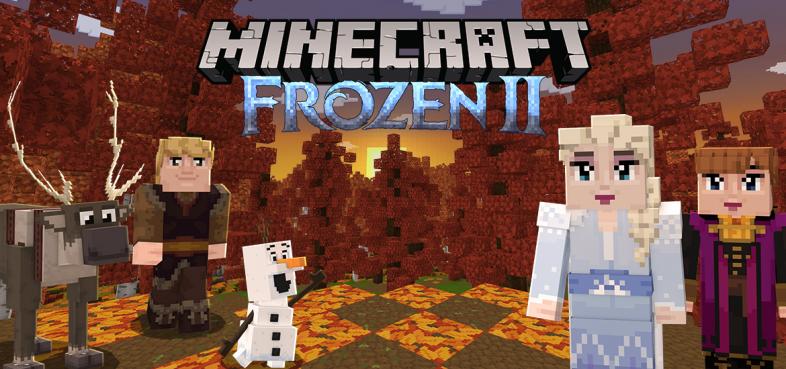

See Map item format#Map Pixel Art for details on the techniques. A Nether map cannot be used in the End - the map appears, but the place marker is not shown anywhere - and similarly, an End map cannot be used in the Overworld or the Nether.Ī player can make a large piece of pixel art (128x128) facing upward, center a map on it, and place that map in an item frame to create a custom picture. An overworld map in the End shows the world spawn. Similarly, a Nether Map in the Overworld shows the player's corresponding location in the Overworld, but the place marker spins, just like a Nether map in the Nether. An Overworld map in the Nether shows the player's corresponding location and direction in the Overworld. For locator maps, the place marker changes color depending on the dimension that the player is currently in (white for the Overworld, red for the Nether, and magenta for the End). In Bedrock Edition, however, the player can use maps from one dimension while in another dimension. In Java Edition, when using a map from another dimension, the map shows the player's position and direction when they were last in the dimension of the map. Having a smaller map image while riding a strider in the Nether can help one to see one's footing while traveling over lava. Placing a banner in the Nether still shows it on the map as usual. Additionally, the player pointer rapidly spins and is not a good indicator of direction.

The only useful function is finding where the player is in relation to placed framed maps, which show as green pointers. While maps in the Nether work, they show only the red-and-gray pattern, regardless of the blocks placed. However in Bedrock Edition, the pointer remains as an arrow but shrinks until the player is near the area shown on the map. The dot moves along the edge of the map to show the relative location of the player. The marker shrinks to a smaller white dot if the player is far from the map's center: the radius is 320 blocks per scale factor. When the player leaves the area shown on a specific map, the player pointer transforms into a white dot on that map. Unexplored areas are transparent, making the item frame visible. If the player leaves a map in an item frame and views a clone of it, the green pointer remains in the spot of the framed copy. This is to help the player see where they are in relation to the area that the map is showing. When placing a map into an item frame, the map displays with a green pointer shown at the location of the item frame.

Other players are displayed on the map only if they have a map in their inventory cloned from the one being looked at. If a player holds a map whose clone is on display in an item frame, then that map updates while holding its clone.
BEST MINECRAFT SINGLE PLAYER MAPS UPDATE
The world is recorded as-is during exploration, meaning that if the world is modified, a player must revisit the area while holding the map to update the map's view. To record the world on a map, that specific map must be held in the player's hands while the player moves around the world. This way, no two maps of the same size can ever partially overlap and every map can display only a fixed area. To make a map that is not identical to the first one, the player would have to move outside of the edges of the first map (because then they would be in a new grid square). For example, if a player uses a new map in a certain grid square, and then moves a distance away and uses another fresh map but is still within the same grid square, both maps appear identical. The map does not center on the player when created, rather, the world is broken up into large invisible grid squares, and the map displays the area of whichever grid square it is in when it is first used. A pointed oval pointer indicates the player's position on the map, and moves in real-time as the player moves across the terrain shown on the map. After conversion to a drawn map item, it starts to draw a top-down view of the player's surroundings, with North pointing to the top of the map. This map can then be adjusted to different zoom levels. The map is drawn for the first time when it is held and used (with use item).


 0 kommentar(er)
0 kommentar(er)
